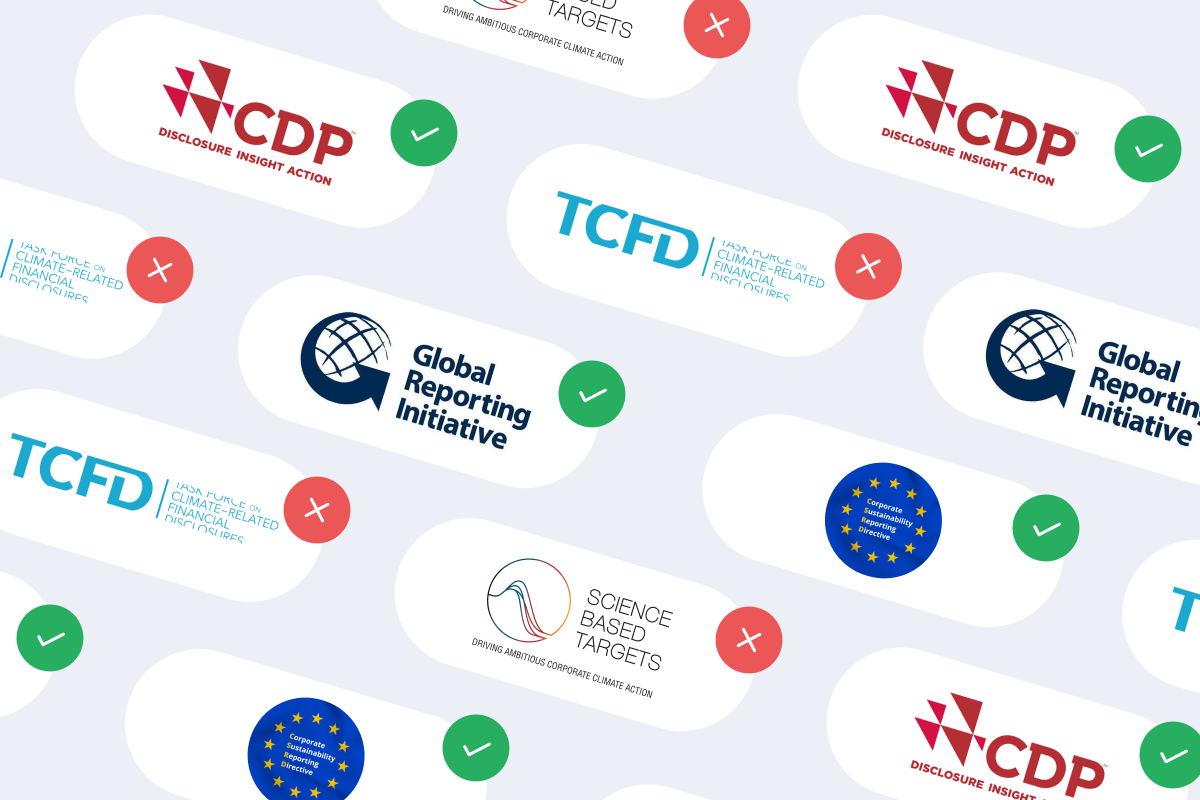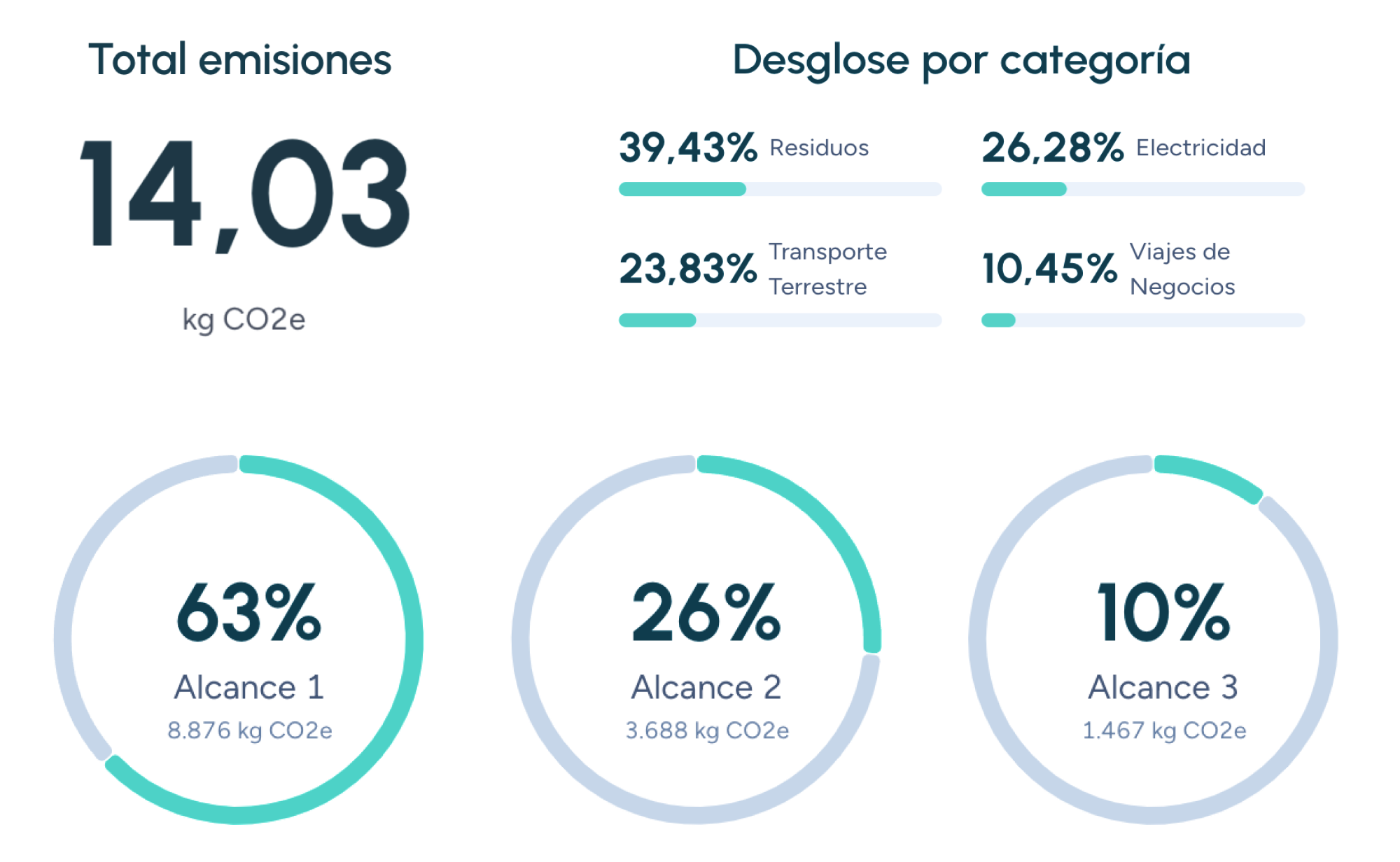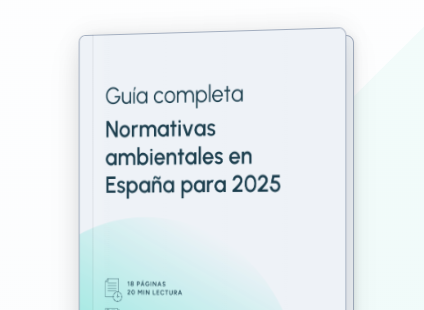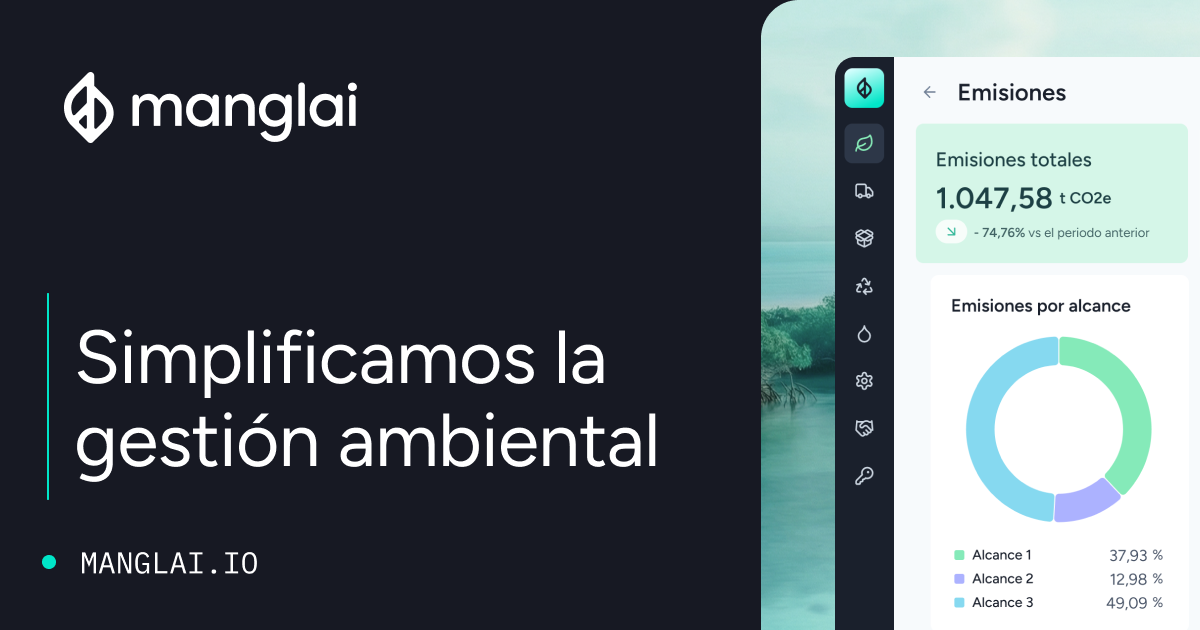Back to the blog
Practical guides
Practical Guide to Life Cycle Assessment (LCA) for the Construction Sector
Carolina Skarupa
Product Carbon Footprint Analyst
Life Cycle Assessment (LCA) has become an essential tool for evaluating and reducing the environmental impact of buildings and infrastructure.
In the construction sector, applying LCA makes it possible to precisely identify where the greatest impacts occur, optimize the use of materials, and advance toward a more sustainable model aligned with the principles of the circular economy.
This practical guide explores how to apply LCA step by step within the construction industry — from its definition and methodological phases to interpreting results and integrating them into real-world projects.
What Is Life Cycle Assessment (LCA) and what is its scope in construction?
Life Cycle Assessment (LCA) is a standardized methodology that analyzes the environmental impacts of a product or system from the extraction of raw materials to its final disposal. In construction, LCA considers all phases of a building or infrastructure: manufacturing, transportation, assembly, use, maintenance, and end of life.
This holistic perspective is crucial. Buildings account for around 40 % of the European Union’s energy consumption and greenhouse gas emissions. Therefore, evaluating only the operational phase is insufficient. LCA allows companies to quantify the real impact throughout the entire life cycle of an asset.
Moreover, the methodology helps technical teams prioritize improvements in materials, construction processes, and maintenance strategies that lead to measurable reductions in environmental footprint.
What are the phases of an LCA in a construction project?
LCA follows a structured methodology that ensures consistent and comparable results. In construction, applying this approach involves going through a series of well-defined stages that help understand and quantify the environmental impact of a building or infrastructure from conception to the end of its life.
Knowing these stages is key to planning the study correctly, ensuring data quality, and transforming results into sustainable design decisions.
1. Goal and scope definition: The purpose of the study, the functional unit (for example, “1 m² of façade over 50 years”), and the system boundaries (“cradle-to-gate,” “cradle-to-grave,” or “cradle-to-cradle”) are established. This phase lays the foundation for the analysis and determines the validity of its results.
2. Life Cycle Inventory (LCI): All input data (energy, materials, transport) and output data (emissions, waste, effluents) associated with each phase of the cycle are collected. In construction, this includes information on materials used, site energy consumption, and waste generation.
3. Life Cycle Impact Assessment (LCIA): The inventory data are converted into environmental indicators such as global warming potential (kg CO₂ eq), resource depletion, water pollution, or soil acidification.
4. Interpretation: Critical points are analyzed, alternatives are compared, and specific improvements are proposed. In real projects, this can mean replacing a high-impact material or redesigning a component to extend its service life.
What types of scope are used in construction?
The scope of an LCA determines which phases of the construction process are included in the assessment — and therefore how comprehensive the result will be. Selecting the correct scope is fundamental to defining system boundaries, ensuring comparability, and guaranteeing that conclusions reflect the building’s actual impact.
- Cradle-to-gate: Covers the process from raw-material extraction to the product leaving the factory. Commonly used to compare materials or components.
- Cradle-to-grave: Includes use, maintenance, and end-of-life phases. The most appropriate approach for assessing complete buildings.
- Cradle-to-cradle: Adds the reuse or recycling of materials, aligning the analysis with circular-economy principles.
Choosing the right scope is essential. A cradle-to-gate study may help in procurement decisions, but only cradle-to-grave or cradle-to-cradle analyses reveal the true impact of the entire building life cycle.
Which indicators are analyzed in a building’s Life Cycle Assessment?
The most relevant impact categories in construction include:
- Climate change (kg CO₂ eq): Emissions associated with energy and material use.
- Resource depletion: Consumption of raw materials and fossil fuels.
- Eutrophication and acidification: Pollution affecting soil and water bodies.
- Water and energy consumption: Key indicators of efficiency.
- Waste generation and recyclability: Directly related to circular-economy performance.
How is LCA applied to a real project?
Applying Life Cycle Assessment to a real construction project means moving from theory to practice: collecting concrete data, modeling scenarios, and comparing design or material alternatives based on their environmental impact.
This process allows decision-makers to act from the early design phase through execution and maintenance, ensuring that every choice contributes to reducing the ecological footprint of the building or infrastructure.
Typical steps include:
- Modeling the building in BIM so that material quantities and volumes are extracted automatically for the inventory.
- Selecting construction alternatives and comparing their environmental impacts over a 50-year lifespan.
- Calculating transport and on-site construction impacts, including machinery energy use.
- Analyzing the use and maintenance phase, considering energy consumption and component replacement.
- Evaluating the end-of-life stage, incorporating demolition, waste management, and recycling potential.
- Interpreting results and applying improvement measures.
What are the benefits of LCA in the construction sector?
Implementing Life Cycle Assessment in construction not only enhances environmental performance but also provides competitive and economic advantages. Understanding its benefits enables companies to anticipate regulations, optimize resources, and strengthen their sustainability commitments.
Tangible and measurable advantages include:
- Direct reduction of environmental impacts: LCA identifies precisely which materials or processes have the largest footprint and guides mitigation measures.
- Regulatory compliance and certifications: Frameworks such as LEED, BREEAM, and VERDE require life-cycle analysis to validate sustainability performance.
- Improved competitiveness: Builders and developers proficient in LCA can offer verifiable, lower-impact projects.
- Transparency and credibility: LCA results provide evidence against greenwashing and enhance trust with clients and regulators.
- Alignment with the circular economy: The cradle-to-cradle approach promotes reuse and recycling of materials.
In essence, LCA doesn’t just measure impact — it optimizes technical and economic decisions throughout project design and execution.
What are the main challenges when applying LCA?
The most common challenges when conducting an LCA in construction are:
- Lack of reliable data on materials and processes.
- Difficulty modeling maintenance and end-of-life scenarios.
- Limited integration of LCA in early design stages.
- Inconsistent interpretations when uniform standards are not applied.
To overcome these, it is advisable to use specialized software with verified databases, such as Environmental Product Declarations (EPDs), and to promote collaboration among architects, engineers, and sustainability consultants from the earliest project phases.
Which standards govern LCA in construction?
Life Cycle Assessment is governed by a set of international standards that ensure methodological consistency and comparability. In construction, these references are essential to guarantee the technical validity of a study and to align it with certification and European regulatory frameworks:
- ISO 14040 and ISO 14044 (adopted in Spain as UNE-EN ISO) define the core principles and methodological requirements.
- UNE-EN 15804, specific to construction products, sets the rules for developing consistent and comparable EPDs.
Citing the standards applied in each study is essential to ensure its validity and allow comparisons across projects.
How to Integrate LCA into a developer’s or contractor’s strategy
Life Cycle Assessment should be viewed as a strategic management tool, not a mere environmental formality.
To achieve this:
- Train the technical team in LCA methodology and benefits.
- Include LCA requirements in design and procurement specifications.
- Define quantitative targets, such as reducing carbon footprint by 25 % per square meter.
- Evaluate alternative materials and systems based on impact results.
- Implement improvement measures during project execution.
- Monitor performance and issue verifiable reports.
How does LCA relate to the circular economy and carbon footprint?
LCA and carbon footprint are closely linked. While carbon footprint focuses solely on greenhouse gas emissions, LCA provides a broader picture that includes resource consumption, pollution, and end-of-life management.
Adopting a circular-economy approach means designing buildings that can be dismantled, reused, or recycled — closing material loops. In this way, LCA becomes a fundamental tool for designing regenerative buildings aligned with European climate targets.
How does LCA vary by project type?
The application of LCA must be tailored to each project’s nature:
- New buildings: Require modeling large volumes of materials and assuming a standard service life (e.g., 50 years).
- Renovations: Focus on the environmental benefits of preserving existing structures versus rebuilding.
- Infrastructure: Prioritize high-impact materials such as steel and concrete and typically involve longer lifespans.
- Modular or industrial projects: Allow easier evaluation of transport, assembly, and future component reuse.
Each typology demands adjustments to system boundaries and lifetime assumptions to yield relevant, comparable results.
Life Cycle Assessment in construction: More than a technical tool
Life Cycle Assessment is far more than a technical requirement — it is the foundation of next-generation sustainable construction. Applying it reduces impacts, ensures compliance with European regulations, and positions companies strategically in an increasingly demanding market.
At Manglai, we promote the integration of Life Cycle Assessment as part of responsible design.
If you’d like to explore further, we recommend our articles on the best software for measuring carbon footprint, corporate water footprint, and CSRD-aligned sustainability reporting, which expand on this vision from a practical and business-oriented perspective.
FAQs about Life Cycle Assessment (LCA) in construction
How much does it cost to perform an LCA for a building?
It depends on scope and complexity. A cradle-to-gate study of a single component may cost a few thousand euros, while a complete building LCA can exceed €20,000.
How long does an LCA take?
Between four and eight weeks, depending on data availability and model complexity.
Does an LCA guarantee that a building is sustainable?
Not necessarily. LCA quantifies impacts, but sustainability depends on how those results are applied.
Can two buildings be compared through LCA?
Yes, provided they use the same functional unit (e.g., 1 m² of usable floor area over 50 years) and system boundaries.
What role do Environmental Product Declarations (EPDs) play?
EPDs provide verified material data essential for producing reliable and comparable LCAs.
Carolina Skarupa
Product Carbon Footprint Analyst
About the author
Graduated in Industrial Engineering and Management from the Karlsruhe Institute of Technology, with a master’s degree in Environmental Management and Conservation from the University of Cádiz. I'm a Product Carbon Footprint Analyst at Manglai, advising clients on measuring their carbon footprint. I specialize in developing programs aimed at the Sustainable Development Goals for companies. My commitment to environmental preservation is key to the implementation of action plans within the corporate sector.
Content
Companies that trust us

Manglai vs Dcycle: Comprehensive comparison of sustainability software in Spain
We compare Manglai vs Dcycle so you don't have to do it!
17 December, 2025
7 Best Sustainability Management Software Tools Compliant with the CSRD
We analyse the best software solutions to comply with the CSRD: traceability, ESG reporting and automation with Manglai leading the ranking.
10 December, 2025
8 Best Software Tools for Calculating Emissions Under the GLEC Framework
We compare the best tools to measure product and transport emissions under the GLEC Framework, with Manglai leading the ranking.
01 December, 2025
Guiding businesses towards net-zero emissions through AI-driven solutions.
© 2025 Manglai. All rights reserved
Política de Privacidad


